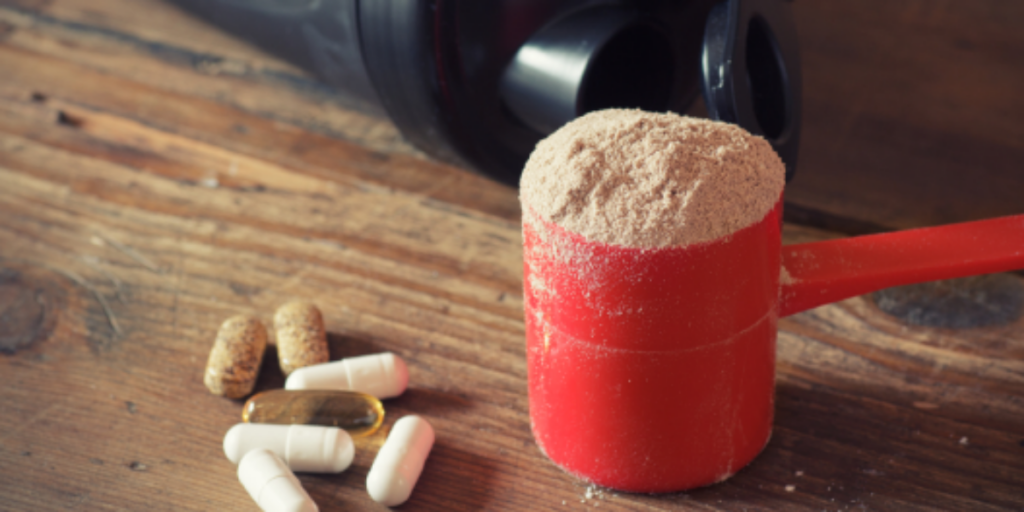No products in the cart.
Creatine Supplements: Everything You Need To Know

There is an incredible – and ever-growing – bouquet of ergogenic supplements out there, all claiming to have the ability to improve your athletic performance. One of the most popular among them is creatine, a naturally occurring substance that is both synthesized in your body and found in a variety of foods.
Within the past few years, though, there has been a lot of negative press surrounding the supplement ranging from accusations of creatine producing “roid rage” to the potential for kidney damage. On top of that, there are tons of different theories regarding exactly how much you should take and even when to take it. So, we’re going to make an effort to clear all this up.
Creatine Supplements
What It Does and Doesn’t Do
As mentioned, creatine supplements is naturally produced by your body, as well as found in red meat, fish and eggs. More accurately called creatine phosphate, this substance plays a vital role in your body’s energy system and is used to quickly produce adenosine triphosphate (ATP), the primary source of fuel for your muscles.
The idea is that, by providing your muscles with a little extra fuel, you can do more reps with more weight – leading to more rapid improvements in muscular strength and endurance. And countless studies, as well as anecdotes from athletes, testify to the truth of creatine’s ergogenic potential. In fact, creatine supplements are one of the few purported ergogenics on the market that has been shown to work and have minimal side effects.
Which brings us to the first negative assertion about creatine supplements: it’s potential to damage your kidneys. There is simply no evidence to support these concerns. In fact, one 2010 study even observed what happened when a young man with just one kidney took creatine for 35 days – including a 5 day loading phase. At the end of the study, there was no proof of impaired kidney function, even though this young man only had one kidney. Creatine supplements also does not cause rage issues, or any of the other side effects associated with steroids, for one simple reason: It’s not a steroid. The adverse effects of steroids are due to the fact that these substances alter the user’s hormonal balance; Creatine does not.
How and When To Take It
Even once people get passed all the detractors and start taking creatine, there are a lot of competing theories about the best way to take it and how much to take.
One of the most common practices when it comes to creatine use is cycling – the theory that you should take time off of creatine periodically. In large part, this was originally started to allow your kidneys time to recover and stop your body from acclimating to the supplement. As we’ve already discussed, though, kidney damage is not an issue. Also, since creatine is always in your system and does not have any acute effects (meaning that it does not immediately impact your system) this just will not happen. Cycling, then, is unnecessary. That being said, some people find that they bloat slightly when taking creatine supplements and decide to go off it during their cutting season. Others do not experience bloating and keep their use up year-Throughout all of the scientific sources, the most common dosage used is 5g per day and no significant benefits have been seen when this dose is exceeded. Because creatine is cumulative, though, some people like to use a loading phase before dropping down to the 5g per day “maintenance dose.” During the loading phase, the dose is increased to 20g for the first week to fill up your muscles’ supplies more quickly. If you’re going to be taking creatine regularly for an extended period, though, loading is not necessary. Creatine supplements, then, are safe and reliable way to increase your strength and power for short-duration, high-intensity workouts like sprints or weightlifting. Along with being safe and effective, creatine is one of the most affordable supplements available.
